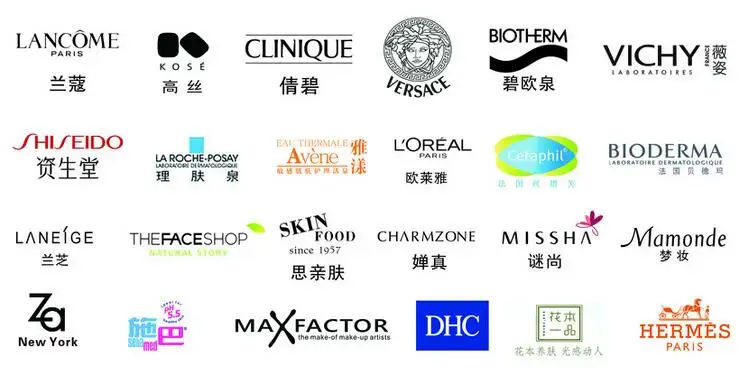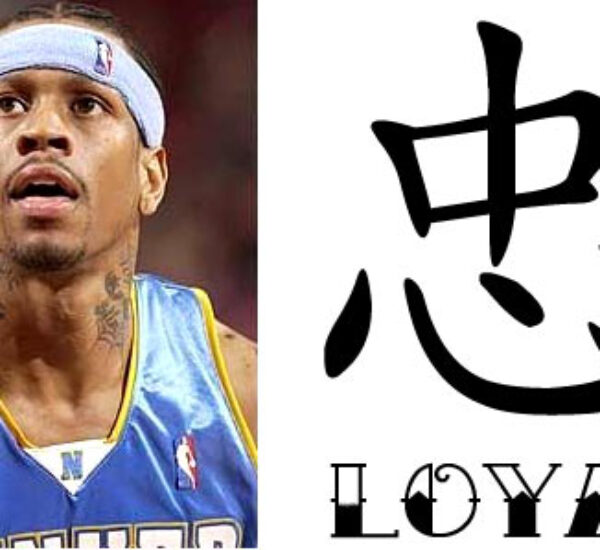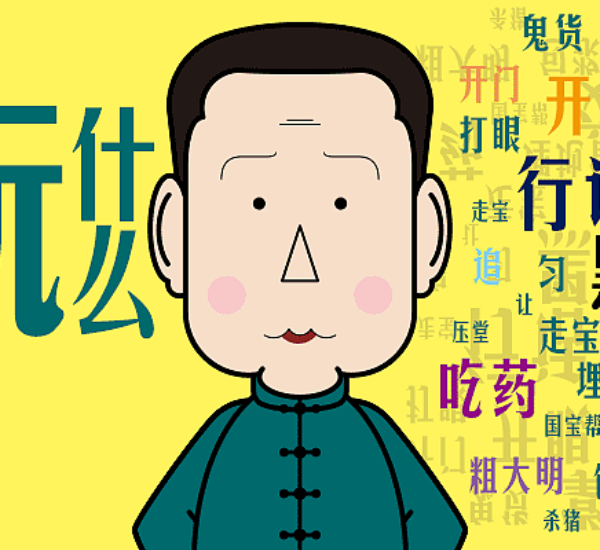Recently updated on November 27th, 2025 at 07:41 pm
The beauty industry just keeps growing, and with e-commerce, brands can reach more customers than ever.
If you want to connect with consumers in China, getting your beauty content translated properly is a must.
In this article, we’ll walk through how professional Chinese translation works for cosmetic brands, and why it makes such a big difference in this massive market.
Translating Cosmetic Brand Names into Chinese
A growing number of international beauty brands are entering the Chinese market and attracting customers. As they expand, many are coming to understand the importance of having a powerful and genuinely relatable Chinese brand name.
A brand name conveys a variety of meanings, both literally through its actual meaning (if it has one) and connotatively through its sound and the variety of associations and public meanings it has built up through use over time.
Gardner and Levy 1955

The goal of translating a brand name is simple: help local consumers connect with it just as naturally as they would with a domestic brand. Cosmetic brand names have a unique style, and a good translator keeps that in Chinese.
Why is it Important to Translate Cosmetic Brand Names into Chinese
Translating cosmetic brand names into Chinese has many benefits.
- Distinguish the products
- Create branding image
- Display the characteristics of the products
- Increase sales
Chinese Translation for Cosmetic Industry: 4 Highly Effective Tips

In the cosmetics industry, translating brand names with unique features helps businesses compete internationally.
To market more effectively, a translator needs to have a deep understanding of the brand, focus on using faithful and clear language, optimize the content, and adapt it culturally.
💡 Here are four common ways to translate cosmetic brand names into Chinese.
#1 Transliteration
Transliteration is the process of translating a word using similar-pronounced Chinese words based on how it sounds.
Take Estee Lauder, for example. In Chinese, it’s “Ya Shi Lan Dai” (雅诗兰黛). The pronunciation is close to the original, and both names have four syllables, but the meaning is different.
The Chinese name doesn’t literally mean anything, but the characters suggest elegance, fragrance, fashion, and taste, qualities that fit the brand.
By using this phonetic adaptation, Estee Lauder is able to appeal to Chinese consumers while maintaining a consistent global image.
💡 Sometimes a one-syllable brand name ends up as two or three syllables in Chinese, and two-syllable names often become three or four. Chinese consumers tend to like names that feel fuller and more balanced.
Examples:
| Original Brand Names | Chinese Translation |
| Mary Kay | 玫琳凯 (Mei Lin Kai) |
| Pond’s | 旁氏 (Pang Shi) |
| Sassoon | 沙宣 (Sha Xuan) |
#2 Literal Translation
A literal translation translates a brand name into Chinese according to its original meaning. To make it sound more natural and succinct, the word order is occasionally changed or a word is omitted.
For example, “Clé de Peau Beauté” could be literally translated as “开启美丽肌肤的钥匙,” but the final Chinese name is “肌肤之匙.” It keeps the meaning of the original while fitting the look and feel of the product.
#3 Transcreation
Sometimes called “creative translation,” transcreation mixes translation with a bit of creativity. It focuses on capturing the heart of the original text instead of translating it word for word.
For example, Revlon, its Chinese name, “露华浓” comes from a famous poem by Li Bai about Yang Guifei, one of China’s Four Beauties. This adds elegance and cultural depth to the name, rather than just translating it literally.
Other examples of transcreation are:
| Original Brand Names | Chinese Translation |
| Johnson’s | 强生 (Qiang Sheng) |
| Maybelline | 美宝莲 (Mei Bao Lian) |
| Nivea | 妮维雅 (Ni Wei Ya) |
| SLEK | 舒蕾 (Shu Lei) |
| PORTS | 宝姿 (Bao Zi) |
| L’Oréal | 欧莱雅 (Ou Lai Ya) |
💡 In these cases, the Chinese names sound like the English ones but add extra meaning that highlights the brand’s qualities.
#4 No Translation
When a brand name is straightforward and has a pleasing sound or appearance, the no-translation approach is used.
For example, SK-II, the name sounds sleek and stylish, the dash makes it distinctive, and its short length makes it easy to remember, so keeping the original name works perfectly.
English-Chinese Glossary of Cosmetics Terms
The following is a list of commonly used Chinese translation for cosmetic industry.
| English | Chinese |
| hibiscus peptides | 芙蓉肽 |
| hot-oil mask | 热油膜 |
| Hydro collagen | 水解胶原蛋白 |
| impeccable merchandising | 无懈可击的店铺陈列 |
| radiation | 辐射量 |
| up to and beyond | 达到并超过 |
| a catalogue of the craziest desires | 囊括疯狂致极的欲求 |
| a natural position with gravity | 在重力作用下自然舒展 |
| a stressed hair condition | 受损发质 |
| activating and abrasive massage | 焕肤磨砂按摩 |
| adult or pediatric | 成人或 儿童(适用) |
| after shave balm shower gel | 须后膏+沐浴露 |
| all-around dullness | 眼周肤色暗哑 |
| appearance of spots | 色斑出现 |
| ashiness | 苍白 |
| backstage warmth | 后台的温暖感 |
| boutique sales | 专营店销售额 |
| braces | 牙套 |
| brown spot | 褐斑 |
| cabinets of curiosity | (精品)陈列室 |
| cellular oxigenator | 细胞充氧剂 |
| clearance offer | 清仓特卖 |
| closest to skin’s own structure | 最贴近肌肤自身组织的天然脂类 |
| cuticle-stripping process | 表皮(层)剥离过程 |
| English | Chinese |
| desincrustation | 分解油脂去垢护理/疗法 |
| enhancing and defining | 让(容貌)焕然一新 |
| fortifying | 舒容 |
| glycerin | 甘油 |
| hair-crimper | 卷发器 |
| lift away | 消除/去除 |
| marketing sirens | 营销诱惑 |
| matt finish cream | 哑光完妆乳 |
| metallic structures | 金属结构 |
| midnight dark | 深黑色 |
| miracle demos | 神奇功效的示范 |
| ombre brown | 浅棕 |
| prestige essence | 顶级精华露 |
| promise statement | 效果承诺(声明) |
| re-educate | 重塑 |
| reframe | 重新定义 |
| rich and efficacious | 丰润而有效 |
| silicone coat | 硅化涂层 |
| smooth finish | 表面光洁 |
| steam inhalation | 蒸气吸入 |
| superfruits | 神奇抗氧化水果 |
| tone | 柔肤/爽肤 |
| wedding veil edges | 新娘面纱围边 |
| white perfect partners | 美白最佳伴侣 |
| whiten and correct | 美白遮瑕 |
| complementary skincare treatments | 辅助护扶品 |

Translation Manager
Eva has 6 years of experience working as a News Editor and 5 years as a freelance copywriter. She holds a bachelor’s degree in English from the Guangdong University of Foreign Studies and a master’s degree in applied Linguistics from the University of Melbourne.



